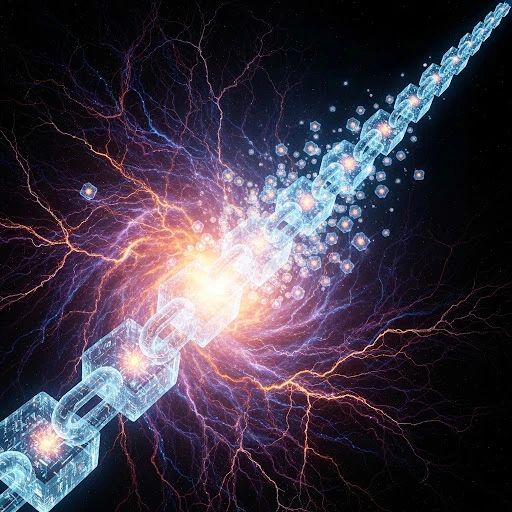
Understanding Bitcoin’s core is not just about computing power and hash values. Hidden behind it is a chain of reasoning in computational philosophy: Time storage vs. space storage → Consistency vs. completeness → Individual/collective resonance → Dissipative structure → Longest chain irreversibility.
Today, let’s try to break this chain apart.
Information storage can generally be divided into two categories:
In simple terms:
In a closed system, consistency and completeness cannot both be achieved.
This is not only a conclusion from information theory but also a norm in distributed systems.
In a distributed environment, if multiple free and independent individuals compute the same problem at the same time, they are likely to arrive at opposite results (A and Not-A).
Similar phenomena in physics include the three-body problem, resonance problems, and non-integrable systems—unpredictable, yet real.
Dissipative structures tell us that time has a unidirectional nature, and this irreversibility comes from:
Bitcoin’s Proof-of-Work (PoW) mechanism solidifies the irreversibility of time as an on-chain fact.
This process relies not only on computational difficulty but also on the irreversible evolution of distributed resonance and dissipative structures.
Distributed resonance of free individuals ⇒ Time irreversibility of dissipative structures ⇒ Security of the longest chain
This is the physical and information-theoretical foundation of Bitcoin’s security, as well as the key to understanding the intertwining of time and space in complex systems.
The irreversibility of Bitcoin’s longest chain is not merely a mathematical problem but the intersection of information theory, distributed computing, and statistical physics. Time and space were originally two separate worlds. The longest chain is the stitching that sews them together.